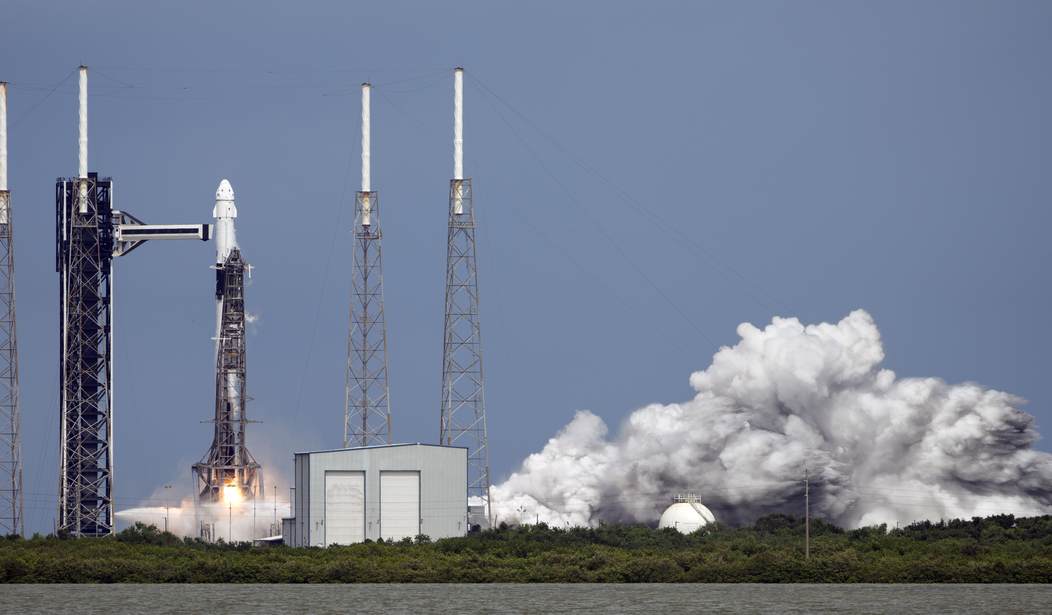Any time over the past summer when you saw a headline discussing a NASA mission into orbit running into problems, you typically expected to see Boeing's name attached to it somewhere. And for the most part, you would have been correct. The company's troubled Starliner spaceship ran into all manner of problems, most particularly its efforts to launch two astronauts up to the International Space Station. Problems developed before they even lifted off and they continued from there. Two astronauts, Butch Wilmore and Suni Williams were eventually deposited onboard the ISS, but were unable to return home. That's when Elon Musk and SpaceX were brought in to the rescue. But even that flight had scheduling issues causing the astronauts' planned one-week trip to now be pushed out to roughly eight months in duration. But at least SpaceX has remained the workhorse that NASA needed. Or did it? It now turns out that even SpaceX ran into some sort of glitch and NASA was forced to ground further launches until the problems can be resolved. (NBC News)
The U.S. Federal Aviation Administration on Monday said SpaceX must investigate why the second stage of its workhorse Falcon 9 rocket malfunctioned after a NASA astronaut mission on Saturday, grounding the rocket for the third time in three months.
After SpaceX on Saturday launched two astronauts to the International Space Station for NASA, the rocket body that had boosted the crew further into space failed to properly re-light its engine for its “deorbit burn,” a routine procedure that discards the booster into the ocean after completing its flight.
The astronaut crew carried on to the ISS safely, docking on Sunday as planned. The FAA said there were no injuries or property damage linked to the booster mishap.
The malfunction in question took place during the SpaceX Crew Dragon launch that brought two more astronauts to the ISS and will be used to bring Butch and Suni back home, but not until at least sometime in January. In terms of seriousness, there are malfunctions, incidents, and catastrophes. This appears to have been much more of an "incident" than anything else, but something definitely went amiss.
The capsule was put into orbit successfully and they docked with the ISS as scheduled. But as the booster rockets were returning to Earth, the second-stage booster failed to ignite its engine at the correct time, causing it to land in the ocean as intended, but not inside of the safe zone established by the FAA. The booster still came down normally. (The ocean is a fairly big target to miss), but the FAA still grounded the Crew Dragon out of an abundance of caution. SpaceX said that the booster rocket "experienced an off-nominal deorbit burn. As a result, the second stage safely landed in the ocean, but outside of the targeted area.”
In this case, no harm was done and the mission proceeded forward as planned. But the issue still merits investigation. When something happens like that over the ocean, the impact is minimal, but a similar failure of a crew capsule coming in for a landing in Texas might not be so lucky.
The Crew Dragon and the Falcon Heavy have become the two workhorses that NASA relies on to keep these programs on track. Other options remain on the table, but they face their own complications. On September 11, three astronauts were brought to the ISS on a Russian Soyuz rocket, with three others hitching a ride back a couple of days later. The Soyuz remains a reliable vehicle for such deployments and those capsules serve as an emergency escape route in case of an emergency. But our relationship with Russia isn't particularly cozy at the moment, so we really need our own method of transporting crew members and cargo into orbit. Let's hope they get all of the bugs worked out quickly and safely.








